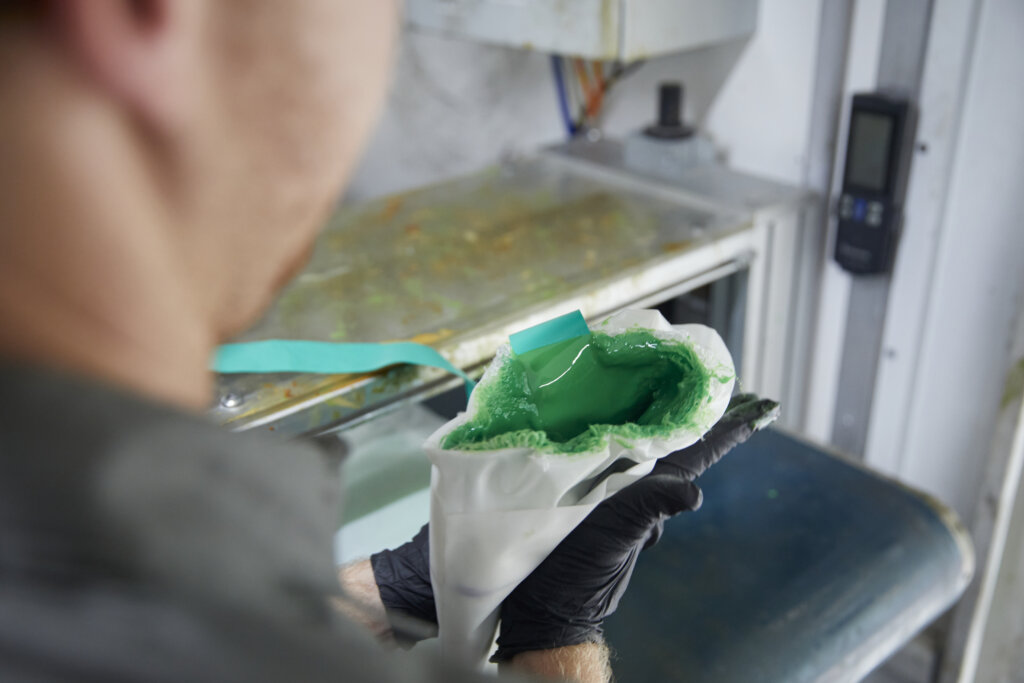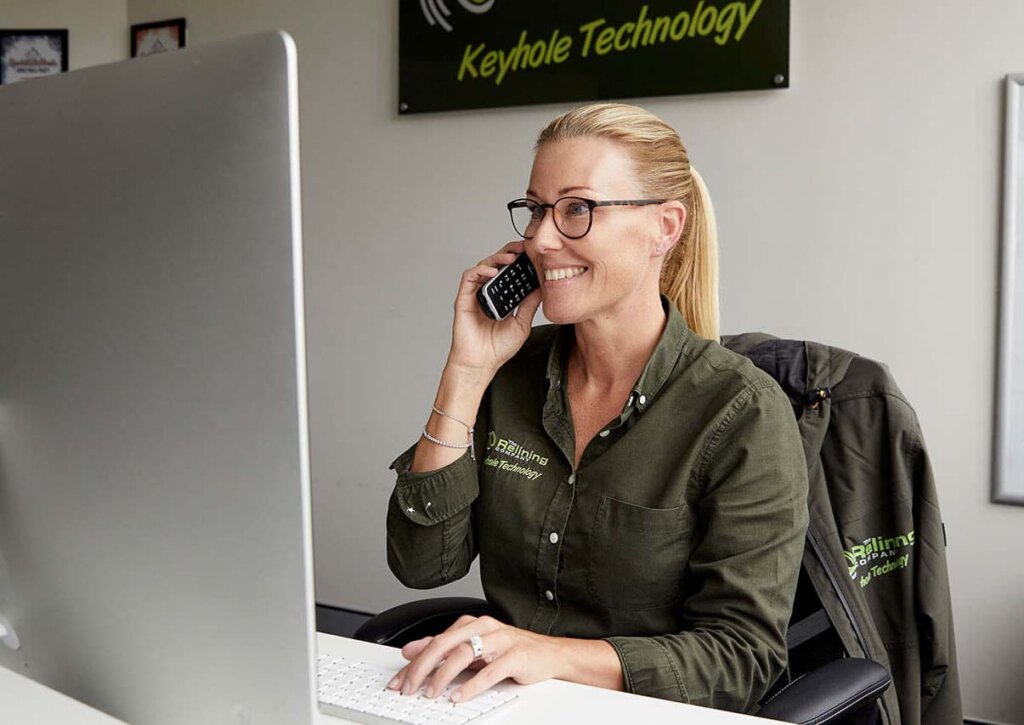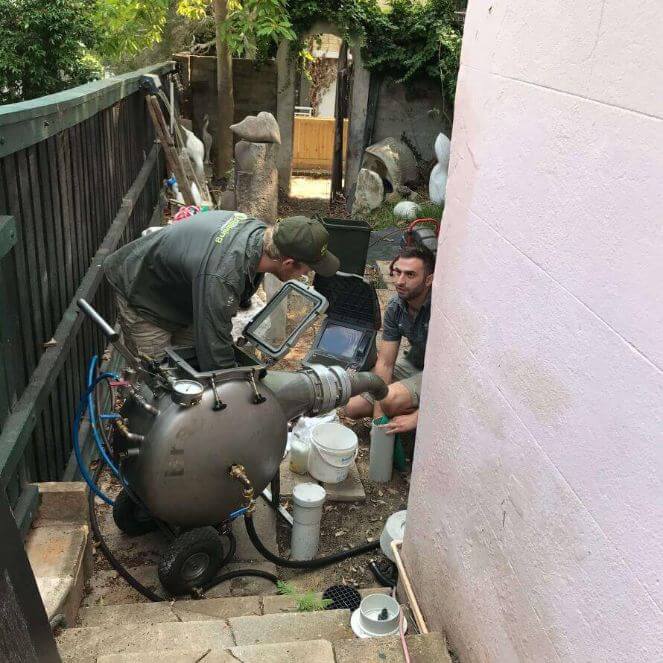Imagine waking up, coffee in hand, ready to tackle your day… when you spot an unexpected puddle in your garden. It is not a leftover from last night’s stormwater; it’s a plumbing problem. Images of upturned gardens, muddy shoes, and hefty repair bills flood your mind.
Pipe relining could be your landscaping-saving solution. The question is, is it a DIY weekend job or one for the pros? This article will dive deep, comparing the efforts of DIY pipe relining versus calling in the experts.
The differences between hiring professional pipe reliners or opting to do it yourself come with costs, pros and cons on both sides. Below, we look into the details of DIY pipe relining vs. professional pipe relining and the challenges and benefits of each.
Save your backyard, time, and possibly your wallet by making an informed decision. Let’s get started!
DIY Pipe Relining
DIY pipe relining means diagnosing the problem, sourcing repair materials, and completing the repair yourself, coming up with financial benefits at the cost of time, effort, and risk.
Benefits
- Cost savings: Typically lower upfront costs than hiring professionals.
- Flexibility: Handle the job on your own time and schedule.
- Learning experience: Gain insights into your plumbing system and how it works.
- Satisfaction: The rewarding feeling of handling home repairs independently.
- No waiting: No need to align with a plumber’s availability.
While DIY can offer all of these advantages, the complexity and potential risks should be understood before proceeding.
The Process
- Inspection: Use a camera to check the plumbing issues and the extent of damage within the pipes.
- Clean out: Using plumbing equipment, clear blockages, tree roots, and pipe debris.
- Measure: Determine the length and diameter of the damaged section.
- Prepare resin: Mix epoxy resin according to product instructions.
- Insert liner: Feed the epoxy-soaked liner into the damaged section.
- Set: Allow the resin to harden, often with the help of an inflating air tube.
- Final inspection: Check the relined pipe for proper sealing and ensure no leaks.
Materials
- Camera inspection kit: For identifying pipe damage and blockages.
- Epoxy resin: The primary material used to reline the pipes.
- Flexible liner: Serves as the new inner pipe layer.
- Inflating air tube: Helps shape and set the liner.
- Plumbing rods: Useful for cleaning out and preparing the pipes.
- Protective gloves and safety gear: Essential for personal safety during the process.
Always ensure that your materials are compatible with your existing plumbing.
Considerations
- Pipe condition: Assess the severity of damage or blockages.
- Material compatibility: Ensure DIY products match existing plumbing materials.
- Skill level: Relining requires a degree of expertise; know your limits.
- Local regulations: Sydney and wider Australia may have specific plumbing standards.
- Equipment costs: Purchasing or renting tools can be pricey.
- Time commitment: Understand the time needed versus professional services.
Pros and Cons
Pros:
- Cost-effective: Potentially save money on labour and service fees.
- Learning experience: Gain hands-on knowledge about your home’s plumbing system.
- Control: Directly manage the project timeline, materials, and methods used.
Cons:
- Risk of errors: Without professional experience, mistakes can lead to further damage.
- Time-consuming: The DIY process might take longer than anticipated, especially for beginners.
- No warranty: Unlike professional services, DIY work doesn’t come with a guarantee of longevity or post-relining support.
Professional Pipe Relining

Hiring professionals means paying a little extra for the peace of mind of a guaranteed job well done, all with high-quality materials and years of expertise.
Benefits
- Expertise: Professionals have in-depth knowledge and training.
- Efficiency: Jobs are completed faster with the right tools.
- Warranty: Reliable services often come with long-term guarantees.
- Peace of mind: Experts handle any unexpected issues.
- Top-quality materials: Professionals use industry-approved products.
- Minimal disruption: The process ensures reduced impact on the property.
The Process
- Initial inspection: Experts utilise video cameras to perform a drain inspection to check the damage’s condition and location.
- Cleaning: Debris and blockages are removed from pipes using specialised equipment.
- Preparation: The damaged area is prepared, ensuring a smooth relining process.
- Lining installation: A resin-coated liner is inserted and positioned in the damaged section.
- Curing: The liner is inflated, allowing the resin to bond and cure, forming a new pipe.
- Final inspection: A post-job video inspection ensures everything is in top condition and the job is complete.
Materials
- Durability: Commercial-grade materials ensure a longer lifespan of relined pipes.
- High quality: Professionals use top-notch materials resistant to cracks, tree roots, and corrosion.
- Optimal bonding: Superior resin ensures a tight seal and efficient bonding.
- Flexibility: Materials used can navigate bends and changes in pipe diameter.
- Environmentally friendly: Professionals often opt for eco-friendly materials, safeguarding the environment.
Considerations
- Research: Choose a reputable company with positive reviews and a proven track record.
- Quote: Ensure a transparent quote is provided detailing all costs.
- Certifications: Check for licensed and insured plumbers.
- Availability: Schedule the job, considering possible disruptions.
- Warranty: Understand the terms and duration of any provided guarantee.
- Follow-up services: See if annual inspections or other post-relining services are included.
Pros and Cons
Pros:
- Expertise: Professionals possess the knowledge and experience to handle complex relining situations, ensuring the job is done correctly the first time.
- High-quality materials: Companies often use commercial-grade materials that are more durable and efficient than DIY alternatives.
- Guarantees: Many professional services offer a warranty on their work, providing peace of mind for homeowners.
Cons:
- Cost: Hiring professionals might be more expensive upfront than a DIY approach, especially for smaller jobs. Learn more about the cost of pipe relining.
- Scheduling: Depending on their availability, homeowners might need to adjust their schedules to accommodate the professionals.
- Less personal control: Hiring professionals means entrusting them with decision-making and process choices, which might not always align with the homeowner’s preferences or desired approach.
Sydney-Specific Pipe Relining Regulations
In Sydney, pipe relining regulations are stringent to ensure safety and environmental compliance. If you opt for the DIY approach, you should familiarise yourself with the local council requirements and obtain the necessary permits.
Often, DIYers overlook these rules, risking fines. When hiring professionals, always inquire about how they navigate these regulations and their process for securing necessary permits.
Making the Right Choice for Your Pipes
While the allure of DIY pipe relining might initially seem cost-effective, the potential risks and complexities can often outweigh the savings.
Navigating Sydney’s regulations and ensuring a job well done requires expertise. Choosing the professionals means getting top-notch service, peace of mind, and a long-lasting solution to your plumbing woes.
When it comes to the health of your pipes, a professional service is undeniably the wisest choice.
The Relining Company: Here to Help
Enter The Relining Company, the beacon in your moment of need. With over 20 years of experience, our dedicated in-house team uses the globally renowned Brawoliner system, ensuring that your drain’s condition is top-notch.
We’ll step in, meticulously handling every part of the process. Transparency is at the heart of everything we do — no hidden costs, just genuine craftsmanship and top-notch customer service. Coming with a 35-year warranty, our confidence becomes your peace of mind.
So, if you’re navigating the areas of Sydney and seeking a reliable solution for your drains, The Relining Company should be your first call. We’ll get to the root of your drain woes without upturning your life.
Get in touch with us today for all of your pipe relining needs and a free quote!

FAQ: Frequently Asked Questions
What is the difference between DIY pipe relining and professional pipe relining?
DIY pipe relining and professional pipe relining are two different methods of repairing damaged pipes. DIY pipe relining is a process that can be done by an individual using a DIY pipe relining kit. This process involves inserting a flexible tube or liner into the damaged pipe, which is then inflated and allowed to cure. This creates a new pipe within the existing pipe, which is then connected to the existing plumbing system.
What is the difference between DIY pipe relining and professional pipe relining?
DIY pipe relining and professional pipe relining are two different methods of repairing damaged pipes. DIY pipe relining is a process that can be done by an individual using a DIY pipe relining kit. This process involves inserting a flexible tube or liner into the damaged pipe, which is then inflated and allowed to cure. This creates a new pipe within the existing pipe, which is then connected to the existing plumbing system.
What are the risks of DIY pipe relining?
DIY pipe relining can be a great way to save money and time when repairing damaged pipes, but it is important to understand the risks before attempting this type of repair. DIY pipe relining requires a certain level of knowledge and understanding. If you don’t have the right knowledge or experience, you could end up making mistakes that could cause further damage to the pipes.
What are the benefits of professional pipe relining?
Professional pipe relining has numerous benefits and can be a great solution for many plumbing issues. Pipe relining is a process that involves the insertion of a flexible, epoxy-coated liner into an existing pipe. This liner is then cured to form a seamless, jointless pipe within the existing pipe. The result is a structurally sound pipe that can last for decades.
Back to Top